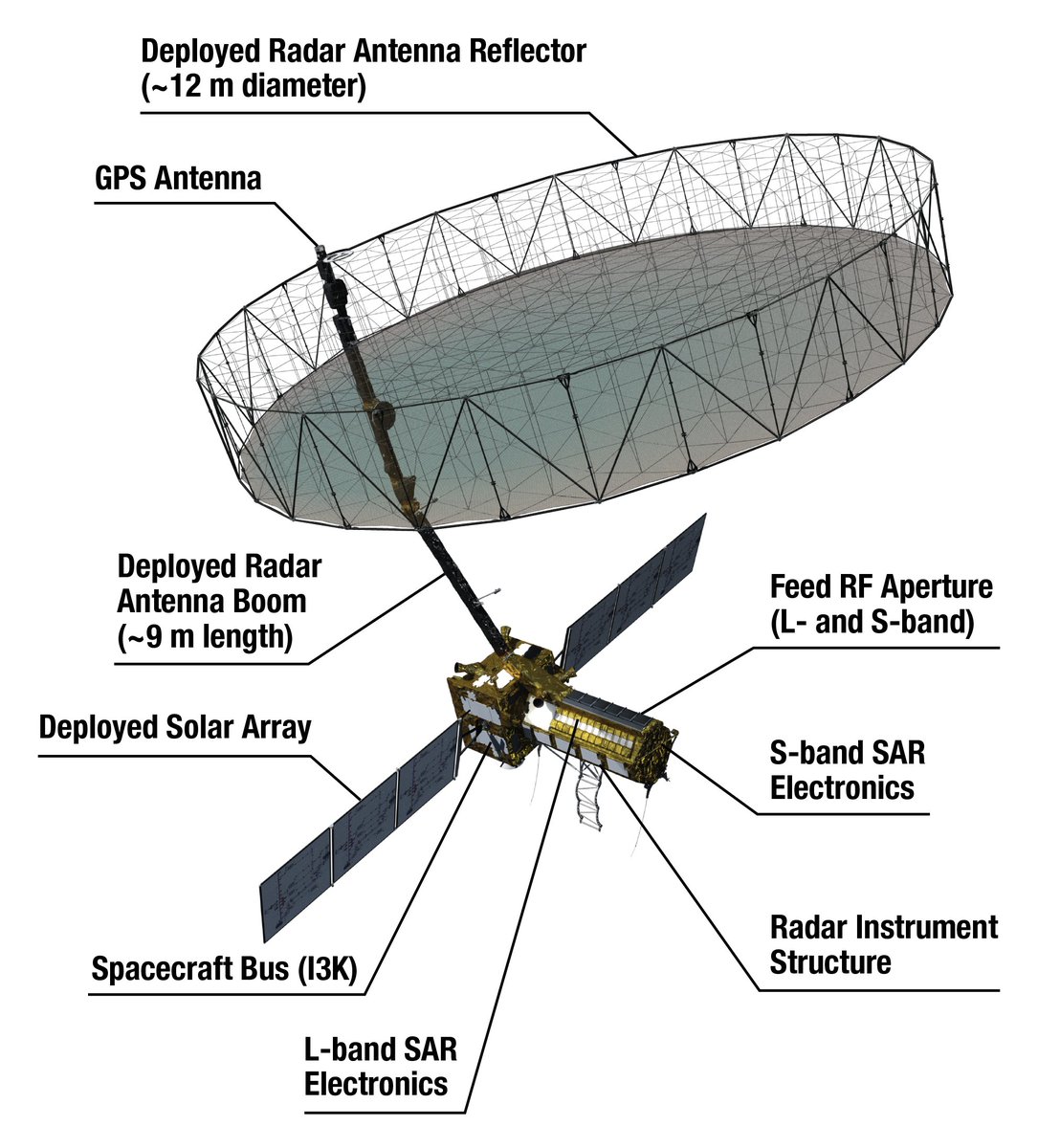#Update #thread
The Isro Human Space Flight Centre — #HSFC — which is leading the implementation of #Gaganyaan has a new director, M Mohan, who has taken over ahead of a crucial test mission planned in mid-July or August. 1/n
The Isro Human Space Flight Centre — #HSFC — which is leading the implementation of #Gaganyaan has a new director, M Mohan, who has taken over ahead of a crucial test mission planned in mid-July or August. 1/n

Mohan took charge from Umamaheswaran R, who superannuated on May 31. Mohan’s appointment will not change the composition of #Gaganyaan team as the project director and other positions continue to remain with the same personnel. 2/n
Mohan, from the rocket side, had served as project director Space Capsule Recovery Experiment or #SRE, which Isro carried out in 2007 as a precursor to the human spaceflight mission, more than a decade before Prime Minister Modi announced #Gaganyaan. 3/n
Before becoming director-HSFC, Mohan was associate director at the Vikram Sarabhai Space Centre (VSSC), Isro’s rocket building unit, and before that he was also with liquid propulsion. 4/n
#Gaganyaan is the first of the human spaceflight missions, HSFC is spearheading the mission through co-ordinated efforts and focus all the activities that are carried out in other centres, research labs in India, academia & Industries towards accomplishing the mission. 5/n
According to Isro, as the lead centre for human space flight activities, HSFC will also be responsible for all future human missions Isro plans… 6/n
…To meet this, it will need to conform to high standards of reliability and human safety in undertaking R&D activities in new technology areas like life support systems, human factors engineering, bioastronautics, crew training and human rating & certification. 7/n
“These areas would constitute important components for future sustained human space flight activities like rendezvous and docking, space station building and interplanetary collaborative manned missions to Moon/Mars and near-earth asteroids,” according to Isro. 8/n
Upcoming Abort Mission: The change in HSFC comes at a time Isro is looking to carry out the first abort test using the special test vehicle (TV) designed for the purpose. 9/n
According to Somanath, while the space agency was looking to conduct the test in mid-July, it may now happen in early August, following which the second test will be done in the later part of the year. 10/n
As reported by TOI earlier, the first abort test using TV is expected to see the simulated crew module separate from the vehicle at a height of around 11km (from sea level), attain an altitude of around 15km before falling back to back in the Bay of Bengal. 11/n
The mission — TV technology demonstrator-1 (TV-TD1) mission — will be the first of several such tests Isro plans to conduct before the first uncrewed mission under Gaganyaan. n/n
• • •
Missing some Tweet in this thread? You can try to
force a refresh

 Read on Twitter
Read on Twitter











